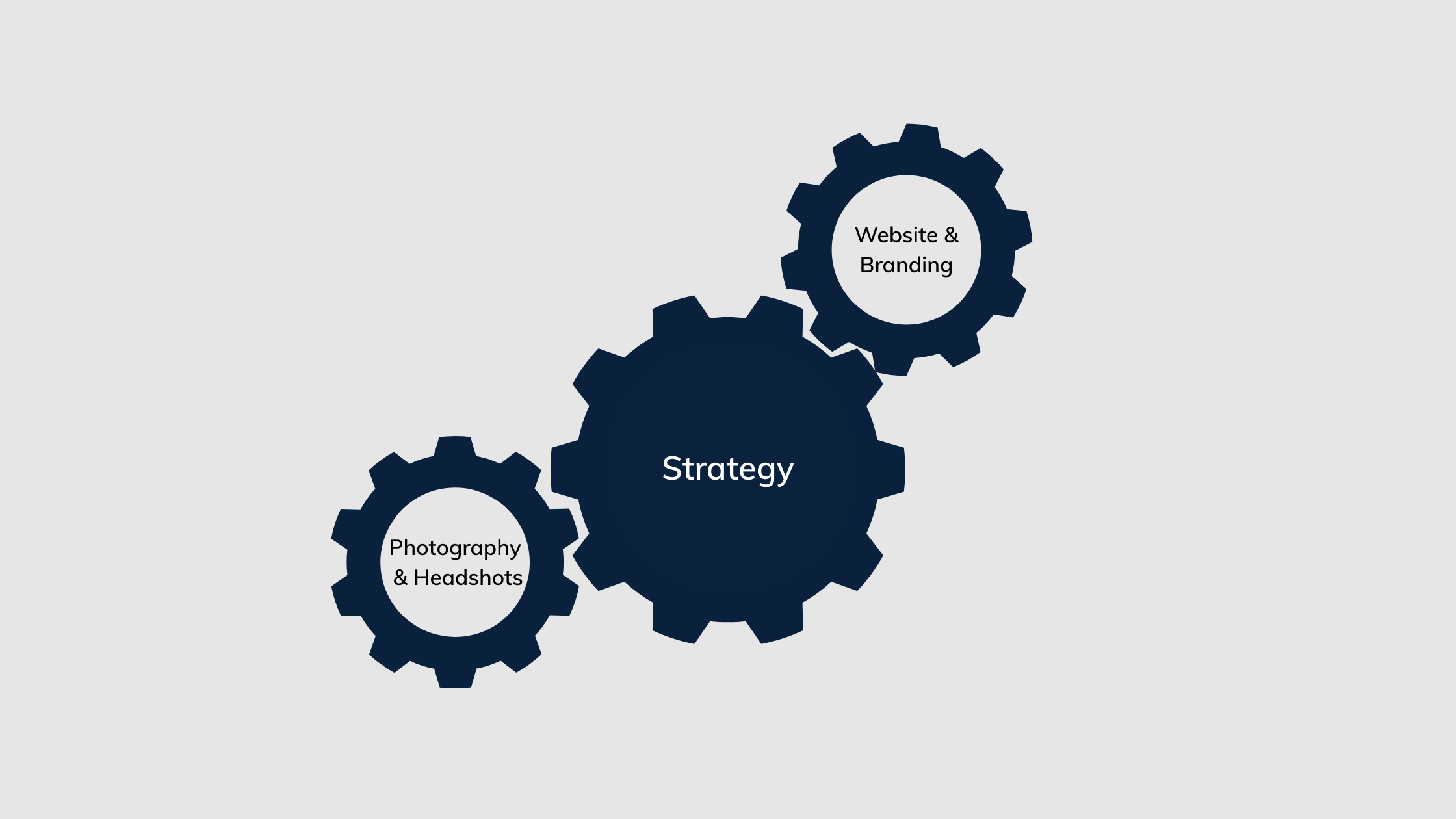Assets to Update Every Three to Five Years
Date: October 5, 2025
Markets and people change; therefore, so does business.
In real estate development, where market cycles, partnerships and priorities evolve, your brand and communications must evolve too. As projects mature, strategies shift and new audiences emerge, your public-facing materials should reflect your current reality and positioning.
A simple rule of thumb is to review and refresh every three to five years. While a full-blown reinvention isn’t always necessary, a well-timed reset helps ensure your story, visuals and voice align with your most recent strategy.
Consider scheduling a regular review cycle and focussing your efforts on four key areas:
Website
Your website is often the first impression for partners, investors and government stakeholders. If it feels dated, or disconnected from your current portfolio or pipeline, it’s time for a refresh. A modern site that reflects your projects, people and values signals credibility and momentum.
Headshots
Relationships drive deals and collaboration. Current, consistent headshots show professionalism and approachability, reinforcing confidence across stakeholder groups.
Branding
Your brand is the foundation for how people experience your work. Even small refinements to tone, colour, or messaging can better reflect your positioning. This is true whether you’re expanding into new asset classes, launching a new district, or redefining your vision for growth.
Photography and Video Library
Strong visuals tell your story before a word is read. Updated photography and video capture the progress of your projects, the character of your places, and the people who bring them to life. They give your marketing and communications teams fresh content to connect more authentically across digital channels.
The bottom line
A thoughtful refresh isn’t just about appearance, it’s about alignment. In a sector that thrives on vision, credibility and trust, staying current ensures your brand reflects not only where you’ve been, but where you’re going.

